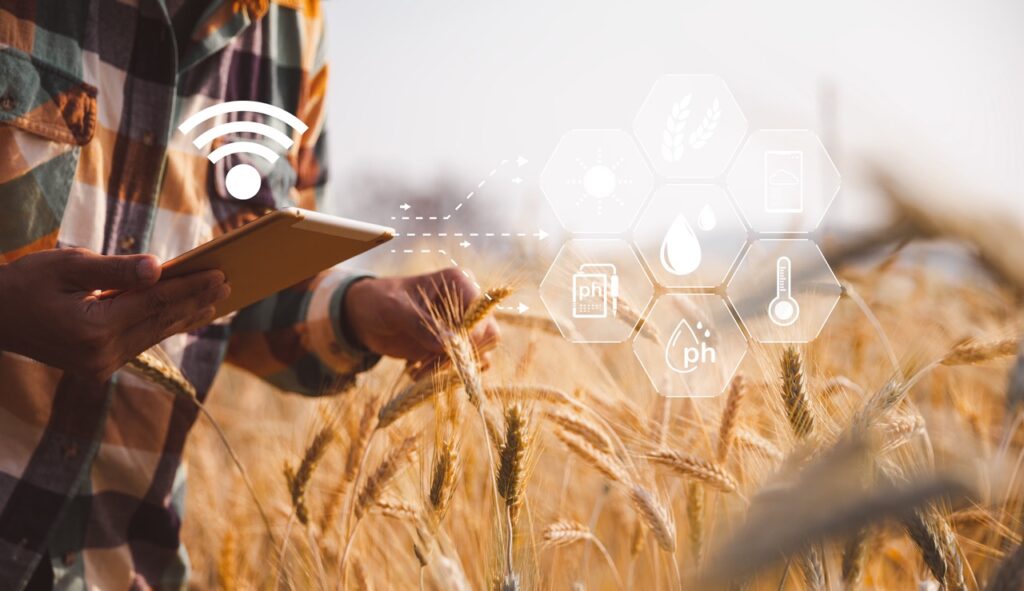It’s safe to assume that the majority of all Internet of Things (IoT) devices operate near large populations of people. Of course, right? This is where the action happens – smart devices, smart cars, smart infrastructure, smart cities, etc. Plus, the cost of getting “internet-connected” in these areas is relatively low – public access to Wi-Fi is becoming widely available, cellular coverage is blanketed over cities, etc.
But what about the devices out in the middle of nowhere? The industrial technology that integrates and communicates with heavy machinery that isn’t always “IP connected,” operating in locations not only hard to reach, but often exposed harsh weather. The fact remains, this is where IoT connectivity is potentially most challenging to enable, but also perhaps the most important to have. Why? Because these numerous assets help deliver the lifeblood for our critical infrastructures – electricity, water, energy, etc. Without these legacy and geographically dispersed machines, a smart world may never exist.
But let’s back up for a second and squash any misconceptions about the “industrial” connectivity picture we’re painting above. Take this excerpt from Varun Nagaraj in a past O’Reilly Radar article:
“… unlike most consumer IoT scenarios, which involve digital devices that already have IP support built in or that can be IP enabled easily, typical IIoT scenarios involve pre-IP legacy devices. And unfortunately, IP enablement isn’t free. Industrial device owners need a direct economic benefit to justify IP enabling their non-IP devices. Alternatively, they need a way to gain the benefits of IP without giving up their investments in their existing industrial devices — that is, without stranding these valuable industrial assets.
Rather than seeing industrial device owners as barriers to progress, we should be looking for ways to help industrial devices become as connected as appropriate — for example, for improved peer-to-peer operation and to contribute their important small data to the larger big-data picture of the IoT.”
It sounds like the opportunity ahead for the industrial IoT is to provide industrial devices and machines with an easy migration path to internet connectivity by creatively addressing its constraints (outdated protocols, legacy equipment, the need for both wired and wireless connections, etc.) and enabling new abilities for the organization.
Let’s look at an example of how this industrial IoT transformation is happening.
Voice, Video, Data & Sensors
Imagine you are a technician from a power plant in an developing part of the world with lots of desert terrain. The company you work for provides power to an entire region of people, which is difficult considering the power plant location is in an extremely remote location facing constant sand blasts and extreme temperatures. The reliance your company places on the industrial devices being used to monitor and control all facets of the power plant itself is paramount. If they fail, the plant fails and your customers are without power. This is where reliable, outdoor IoT connectivity is a must:
- With a plethora of machinery and personnel onsite, you need a self-healing Wi-Fi mesh network over the entire power plant so that internet connections aren’t lost mid-operation.
- Because the traditional phone-line system doesn’t extend to the remote location of the power plant, and cell coverage is weak, the company requires Voice over IP (VoIP) communications. Also, because there’s no physical hardware involved, personnel never needs to worry about maintenance, repairs or upgrades.
- The company wants to ensure no malfeasance takes place onsite, especially due to the mission-critical nature of the power plant. Therefore, security camera control and video transport is required back to a central monitoring center.
- Power plants require cooling applications to ensure the integrity and safety of the power generation taking place. The company requires Supervisory Control and Data Acquisition (SCADA) networking for monitoring the quality of the inbound water being used to cool the equipment.
- The company wants to provide visibility to its customers in how much energy they are consuming. This requires Advanced Metering Infrastructure (AMI) backhaul networking to help manage the energy consumption taking place within the smart grid.
- Since the power plant is in a remote location, there is only one tiny village nearby being used by the families and workers at the power plant. The company wants to provide a Wi-Fi hotspot for the residents.
From the outline above, it sounds like a lot of different IoT networking devices will need to be used to address all of these applications at the power plant. If the opportunity ahead for the industrial IoT is to provide industrial devices and machines with an easy migration path to IP connectivity, what solutions are available to make this a reality for the power plant situation above? Not just that, but a solution with proven reliability in extreme environmental conditions? We might know one…




